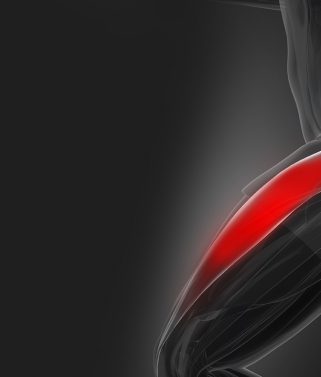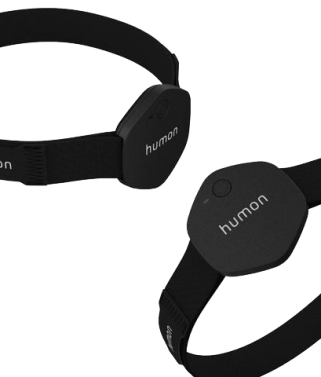
Humon Data from Elite Athletes During the CrossFit Open 2019
The CrossFit Open is an annual competition and is the first qualifying stage for the CrossFit Games. The Open is comprised of 5 workouts over the course of 5 weeks and starts with 19.1 (2019–workout 1). The workouts are announced every Thursday and athletes have until the following Sunday to complete the workout. Hundreds of thousands of athletes worldwide of all fitness levels compete every year.
The CrossFit Open Humon Muscle Oxygen Data from Two Elite Athletes
During the Open, we were able to follow two elite level CrossFit athletes by monitoring their workouts with the Humon Hex.
Below are two Humon data sets from two athletes during Open workout 19.5.

The workout consisted of 33-27-21-15-9 reps for time of 95 lbs thrusters and chest-to-bar pullups. If you are not familiar with these movements please use the link below for an overview of the workout.
The top graph (athlete 1) shows an athlete who finished in the top 500 while the bottom graph (athlete 2) shows an athlete who finished in the top 50. Athlete 1 finished in 10.5 minutes and athlete 2 finished in 8.5 minutes. The muscle oxygen data shows some key differences in their approach and how athlete 2 was able to pace themselves better using their muscle oxygen data.
The Hex was worn on the vastus lateralis, which is the largest and most powerful part of the quadriceps. During thrusters all of the major leg muscles are used during the squatting part of the thruster and is a good place to measure fatigue onset during the movement. The boxes in each graph represent where each set of thrusters were during the entire workout.
Athlete 1
During each round of thrusters, athlete 1 was completing larger sets until failure before resting. This can be seen by the large decrease in muscle oxygen at the beginning of each round. During the second round you can see a very large set to exhaustion followed by very short recovery times before completing more thrusters. This was resulting in fatigue very early into the workout and the athlete never being able to fully recover.
Athlete 2
Athlete 2 took a different approach and completed shorter sets followed by recovery during each round of thrusters. During each set you can see a much smaller decrease in muscle oxygen before letting their muscles recover. Instead of working until maximum exhaustion, the athlete was able to prevent fatiguing to early to maintain a consistent pace during the entire workout.
Make sure to check out @behumon on Instagram, Twitter, and Facebook.

